
Dr. Roger Clark and fiance Christine Whalen on HMS Bounty Photo: Rhonda Parker
HMS Bounty recently called at St. Augustine, FL. During a dockside party on the ship, Dr. Roger Clark Smith, a local historian, decided that there would be no better setting to propose marriage to the fair Christine Whalen, who graciously accepted. Our congratulations to the happy couple. We only hope that a “no mutiny” clause is added to the vows. Thanks to Alaric Bond for passing the news along.
Local maritime historian proposes at the helm of the HMS Bounty

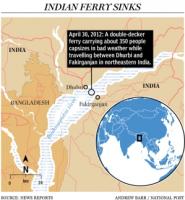 A double-decker ferry carrying an estimated 350 people capsized, broke apart and sank in the
A double-decker ferry carrying an estimated 350 people capsized, broke apart and sank in the 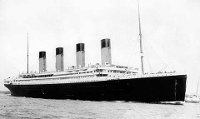
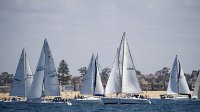 Sometime late Friday night or early Saturdaymorning, near the Coronado Islands, during the 125-mile Newport-to-Ensenada yacht race, something went terribly wrong on the 37′ yacht Aegean, leaving three sailors dead and one missing. A statement issued this morning by the
Sometime late Friday night or early Saturdaymorning, near the Coronado Islands, during the 125-mile Newport-to-Ensenada yacht race, something went terribly wrong on the 37′ yacht Aegean, leaving three sailors dead and one missing. A statement issued this morning by the 
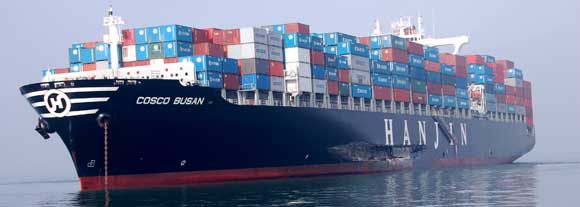

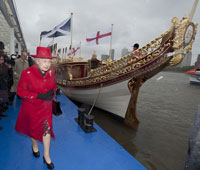 This has been a busy day for Queen Elizabeth II and the Duke of Edinburgh. They braved heavy rain and driving winds to name the Gloriana, a new 94-foot ornately carved royal barge, decorated with gold leaf. The Gloriana is the first royal barge to have been built in 100 years. The barge will lead the Jubilee pageant on June 3rd.
This has been a busy day for Queen Elizabeth II and the Duke of Edinburgh. They braved heavy rain and driving winds to name the Gloriana, a new 94-foot ornately carved royal barge, decorated with gold leaf. The Gloriana is the first royal barge to have been built in 100 years. The barge will lead the Jubilee pageant on June 3rd.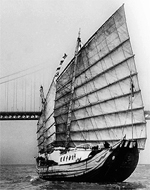 In December, 2008, we posted about “
In December, 2008, we posted about “
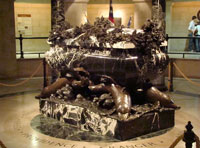
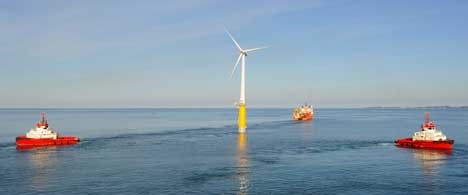 Offshore energy, whether oil production or wind, seems to move in the same stages. Early offshore drilling was in shallow water using jack-up rigs sitting on the bottom. Now much of offshore oil production is from floating rigs, drilling in deep water. Likewise, the first offshore wind turbines were mounted on pedestals fixed to the sea floor. Wind technology may be moving into deeper water. In September of 2009,
Offshore energy, whether oil production or wind, seems to move in the same stages. Early offshore drilling was in shallow water using jack-up rigs sitting on the bottom. Now much of offshore oil production is from floating rigs, drilling in deep water. Likewise, the first offshore wind turbines were mounted on pedestals fixed to the sea floor. Wind technology may be moving into deeper water. In September of 2009,  Earlier today we posted about an article by Andrew Gilligan, the
Earlier today we posted about an article by Andrew Gilligan, the  After a long commercial career, the 1869 composite clipper ship
After a long commercial career, the 1869 composite clipper ship  The first headlines read, “
The first headlines read, “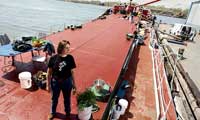
 One of the pleasures of cruising with a family can be leaving children with the shipboard children’s program. On
One of the pleasures of cruising with a family can be leaving children with the shipboard children’s program. On